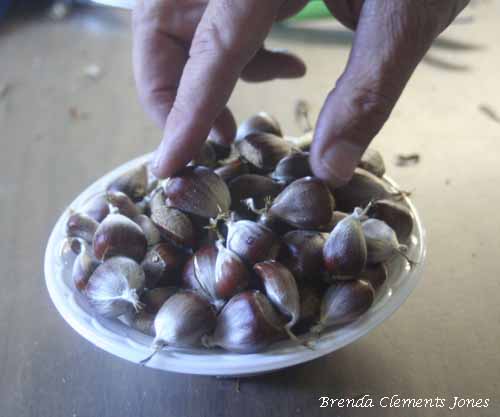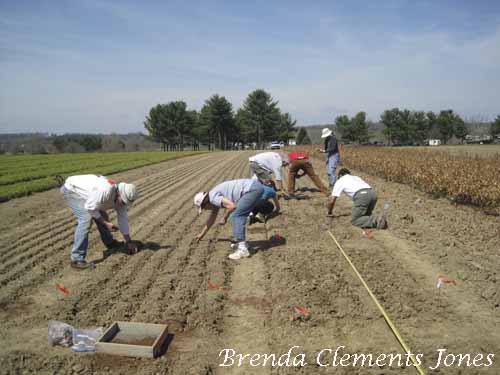
Stories From Long Ago
You might be fortunate enough to have family accounts from the older generation of gathering chestnuts, or of your granddad building a fence from chestnut trees on his farm. I don’t have those stories in my family traditions, but still I fell in love with the American chestnut tree when I heard of its history.
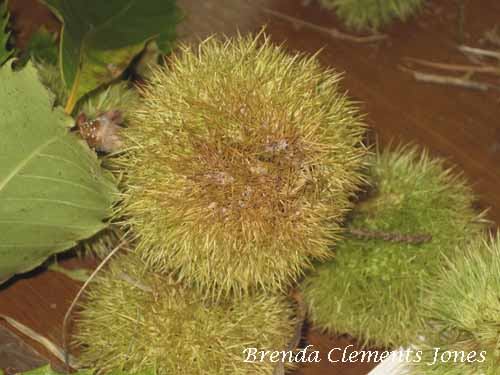
So Many Trees
Before 1900, the American chestnut tree (Castanea dentate) made up approximately one quarter of the trees in its range, an area of two hundred million acres. Its native range extended from Maine and Ontario, south to Florida and Alabama, and northwest through Indiana and Illinois. The tree had lived in this area for thousands of years.
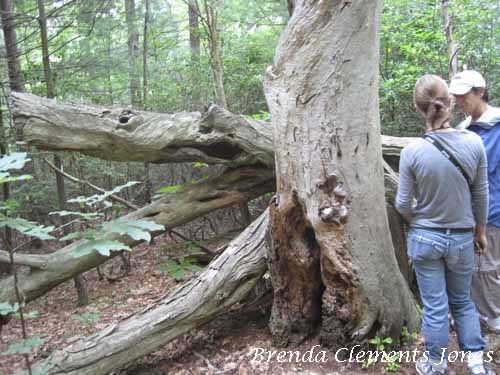
So Quickly Gone
Late in the 1890s, as Americans began to import chestnut trees from Asia and Europe, the chestnut blight (Cryphonectria parasitica) was accidentally brought with them. The Asian and European trees had lived and evolved with this fungus for generations, but it was new and deadly to the American chestnut. The blight was an airborne fungus introduced to the trees through any number of otherwise small injuries. It spread rapidly and within 50 years of the blight’s introduction it wiped out up to three billion American chestnut trees.
Important To The Economy of Appalachia
The American chestnut was an important crop in the Appalachian Mountains. It had a superior taste compared to the Asian and European chestnut and there was great demand for it. The nuts provided a great source of income for the people of these mountains, who also fattened their cattle and hogs on the nuts under the chestnut trees. It was an important tree for wildlife, the nuts providing a reliable food for deer, black bear, and wild turkey. The tree was a valuable hardwood timber tree. It was easy to work with and highly resistant to decay. The tannins in the bark of the tree were also used to tan leather.
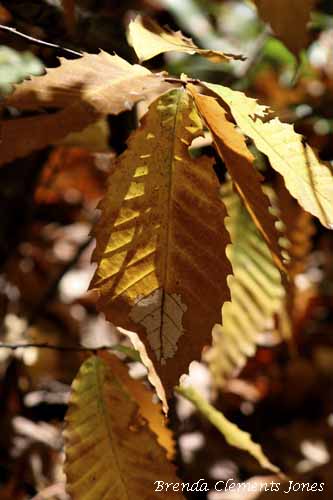
There Are Still A Few Around
Today in the forests of the Blue Ridge Mountains, and all over the native range of the American chestnut, every now and then you will find a small cluster of little American chestnuts trying to survive. You might think of these trees as American chestnut “bushes”. They will not grow tall and proud as the trees once did. The blight does not kill the roots, so the trees keep sending up new growth. A new sprout will shoot up, grow for a few years and die thanks to the chestnut blight that has attacked so many of these trees.
Hard At Work to Bring Back This Treasure
Scientists and volunteers working with The American Chestnut Foundation have been crossing American and Chinese chestnut trees then backcrossing the offspring with other American chestnuts in an attempt to develop a tree with the traits of an American and the blight resistance of a Chinese chestnut tree. There is great hope that this goal has been reached but much more research needs to be done. Only time will tell. Check back in 100 years or more.
